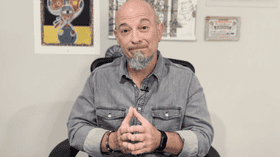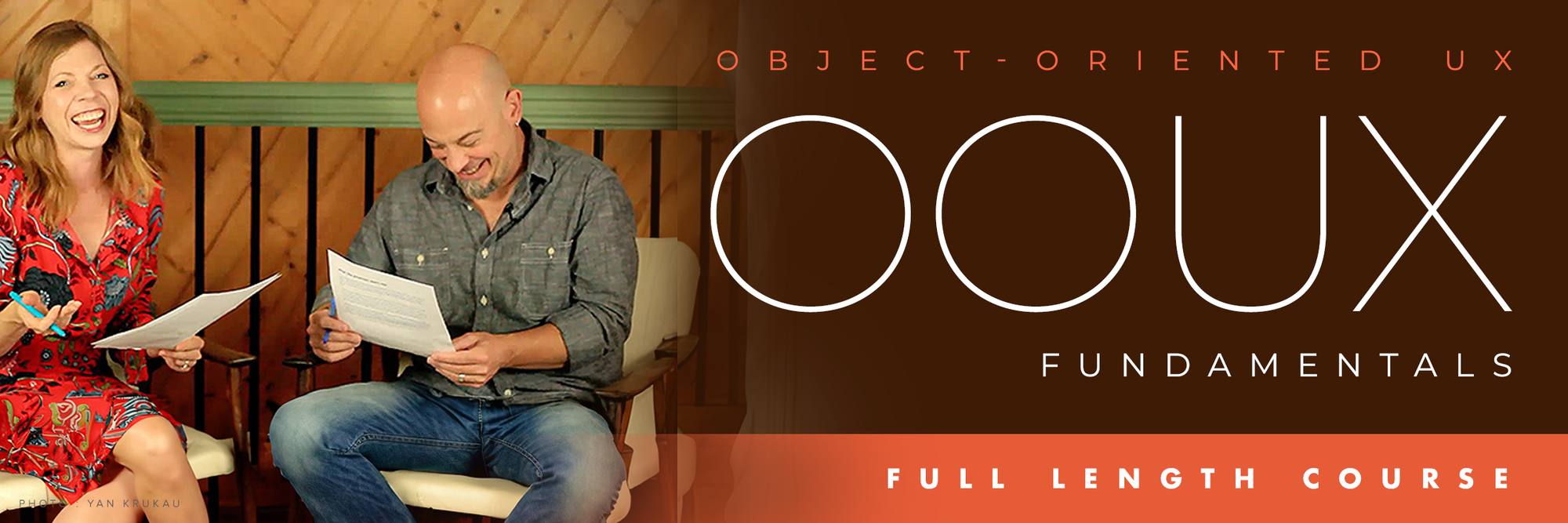
OOUX FUNDAMENTALS Watch Preview
The smarter way to tackle complex User Experience and Product Design — with the power of OOUX + ORCA!
Object-Oriented UX (OOUX) is a power tool every UX Designer should have in their toolkit. In this course, I team up with OOUX founder and Evangelist Sophia Prater to show you how to use OOUX to collaboratively create clarity from chaos — simplifying and supercharging User Experience and Product Design efforts.
Now, here's what you need to understand: OOUX doesn’t replace anything you are already doing, like Design Thinking or any flavor of Agile methodology — instead, it complements and powers-up UX research, UX writing, task flow design, UI design, and design systems work. At its core, OOUX turns any design challenge into a tangible, approachable, solvable puzzle. So many UXers have claimed that OOUX "makes UX fun again."
You'll learn to build solid foundations and reusable parts that align to your user’s mental model and the business model. But hey, don't take our word for it:
"I believe that OOUX is the missing link in product development."
Sjur Grønningsæter, Product Designer
"Gets you knee-deep into the important bits"
Carrie Lee, UX Writer
"Really nothing beats this process in breaking down the complexity of a problem before the detailed design and dev work begins. OOUX is going to save the whole industry so much time and money..."
Kristin Ouellette Muskat, Design Research Lead
"OOUX/ORCA is an excellent bridge between UX Research and UX Design."
John Crisp, UX Designers and Front-end Developer
If you’re exhausted by the feature-by-feature approach to UX and Product Design, hours of rework, and frequent thoughts of “why did no one bring this up earlier?” and generally feeling like you are designing in the dark, OOUX is your floodlight. With OOUX, you can illuminate the big picture while also exposing all the shady nooks where sticky details tend to hide.
(Which, incidentally, tend to be the places methodologies like Design Thinking overlook completely. Hey, did I say that out loud?)
No more “deer in headlights” moments when faced with complex problems — immediately after this course, you’ll be equipped to systematically break complex products into their smallest parts before architecting elegant, scalable, object-oriented designs in a game-like way.
If you’re just starting your UX career and want to ground yourself in best practices, OOUX is a must-have for approaching products holistically. And if you are 20+ years into your career and feel ready to learn something truly game-changing, come on in.
What you'll learn
Through this course, you’ll learn the basics of OOUX, how to implement it, and how to share it with your team:
- After starting with an overview of the benefits of OOUX (to your work and your career!), you’ll walk through the first steps of how to orient a product around its objects — the core concepts your users actually care about.
- You’ll learn how to identify and solidify a system’s objects, pinpoint where and how the objects relate to each other, capture all the ways users can act upon each object, and flesh out their structure with core content and metadata.
- You’ll also see how this totally ROCKS your product design and UX process, elevating your approach to new holistic levels that will save you time and energy.
- Build onto your OOUX foundation with 4 OOUX Laws that will help you fight back against unintuitive designs sabotaging your product. (You won’t be able to unseen them after module 4, sorry not sorry!)
- Dive into representing your OOUX work in card and detail page sketches. Sophia demos how pulling it all together to create contextual navigation, eliminate duplicate work and missed connections, and takes the guesswork out of visualizing a product.
- Get advice and suggestions for how to introduce your colleagues to OOUX, bringing a shared language and more efficient collaboration to your team.
- Take on an example design challenge and you’ll use the included workbook to complete the five main activities. Once the course is over, take a fresh copy of the workbook with you into your workplace and let your new OOUX skills propel you into headache-free, future-proofed UX.
Here's what just a few product design pros have said about OOUX:
"A must have toolkit."
Raktim Chatterjee, Lead UXer
"OOUX is next level for experience design."
Shelley Garner, Senior UXer
"It's not just A way to do things, it's THE way."
Jacob Wadenpfuhl, UX Director
"My new 'secret weapon' for managing complexity."
Karen Hewell, Content Strategist
"OOUX really gave me a voice [...] it's a framework that takes term and concept definition work seriously."
David Connis, Senior UX Writer and Content Designer
"A brilliant process for my team."
Tracey Vantyghem, Information Architect and UX Writer
"A framework to confidently tackle complexity."
Zainab Kashim, Product Designer
Still not sure? Google "OOUX Testimonials" and you will be.
Who this course is for:
- UX Designers who want to better wrangle complex systems, communicate more effectively with their team and stakeholders, and (coincidentally) boost their career.
- Developers tasked with UX and UI work who want a no-nonsense formula for solid, intuitive product design.
- UX managers and directors wondering if OOUX is right for their team.
- Content Strategists, Content Designers, and UX Writers looking to add more depth and structure to their work.
- Anyone looking for a systematic approach to structuring user experiences that are easy to understand and easy to build.
44 Lessons
Already Joined? Login
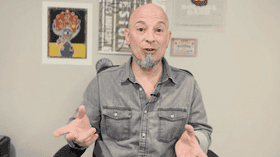
01. Why you MUST have OOUX in your arsenal
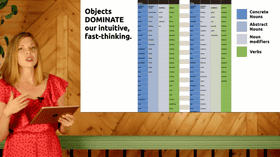
02. Design naturally intuitive UX
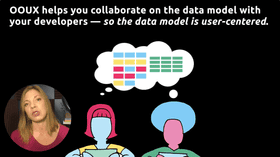
03. Collaborate early and better with devs

04. Inform an elegant design system

05. Avoid Unintuitive Objects
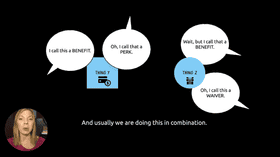
06. Create clarity to reduce rework
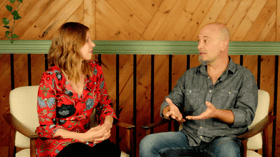
07. Fireside chat with Joe: Business first (how OOUX helps)

08. We're just gettin' WARMED UP
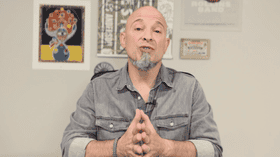
09. How to think about OOUX

10. UX, OOUX, and objects
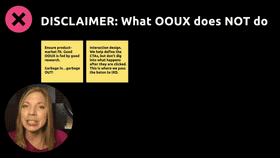
11. What OOUX does NOT do for you

12. Introducing the ORCA Process
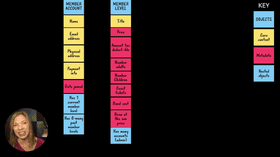
13. ORCA in action

14. How ORCA fixes iteration failures

15. Smarter process equals smarter results
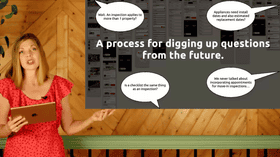
16. Introducing ORCA Discovery
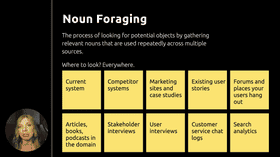
17. Object Discovery: Step 1 — Noun Foraging
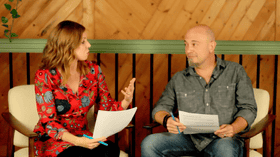
18. EXERCISE: Noun forage with Sophia and Joe

19. Object Discovery: Step 2 — Object Consolidation
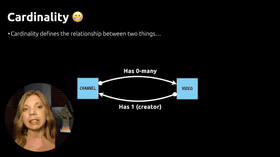
20. Relationships Discovery: The Nested Object Matrix

21. EXERCISE: Play Relationship Battleship with the NOM
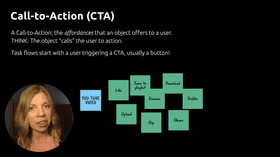
22. Call-to-Action Discovery: The CTA Matrix
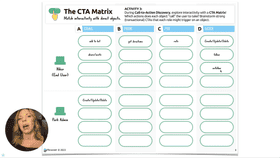
23. EXERCISE: Brainstorm functionality with the CTA Matrix
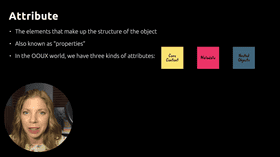
24. Attribute Discovery: The Object Map

25. EXERCISE: Create an Object Map
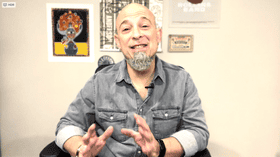
26. ORCA: Clear. Practical. Powerful.

27. Introducing the four horseman of the UX Apocalypse
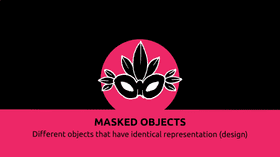
28. Create recognizable objects
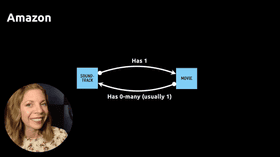
29. Create connected objects
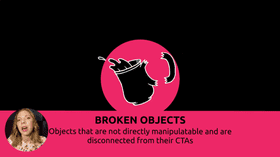
30. Create manipulable objects
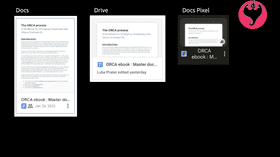
31. Create consistent objects

32. Unintuitive Object recap
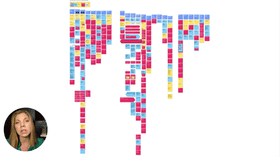
33. Don’t design the whole thing — prioritize like a boss!

34. Bringing it all together into screens and components

35. EXERCISE: Sketch cards

36. EXERCISE: Sketch detail pages

37. Types of UX sketching

38. Anticipate the pushback

39. OOUX doesn't have to replace your current UX process...

40. ...but maybe it SHOULD (real talk from Joe)
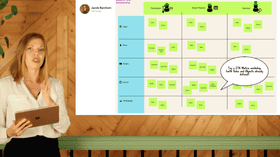
41. Start with what’s familiar to your team

42. Convince stakeholders with a shapeshifter audit
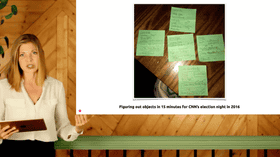
43. Don’t ask for permission
